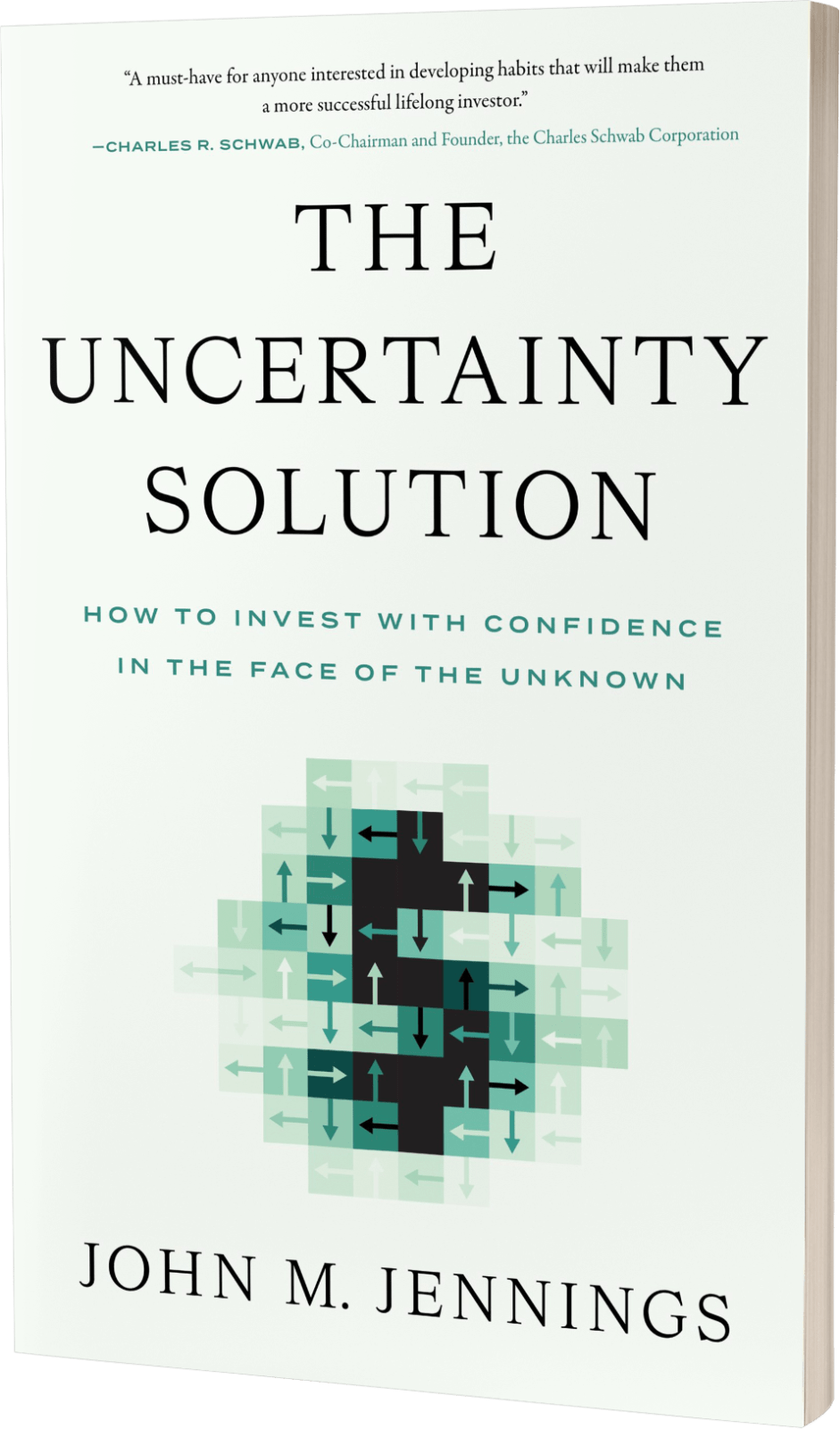
Cover of the book “2140” by Kim Stanley Robinson depicting a more watery NYC
If you are concerned about climate change you are not alone. A prior IFOD discussed the phenomenon of Eco-Anxiety, which is anxiety about climate change and other environmental issues.
Climate change is a legitimate concern as according to Climate Central,
- The five warmest years in the global record have all come in the 2010s
- The 10 warmest years on record have all come since 1998
- The 20 warmest years on record have all come since 1995

Almost all climate scientists agree that humans have played a big role in heating the earth. The great increase in greenhouse gases has tracked pretty well with the rise of the industrial revolution and our output of carbon and with observed increases in global temperatures.

Elon Musk showing carbon levels in the atmosphere over last 400,000 years at the unveiling of the Tesla Model 3 in April of 2016.
What can be done? The best answer for our planet likely is to reduce the amount greenhouse gas emissions. There is hope in that regard as the rise in carbon emissions has leveled or fallen in many developed industrialized countries (however, global emissions continue to rise). Additionally, alternative clean energy sources are becoming more efficient and economical and cold fusion, a potentially game-changing technology, might be just over the horizon: Lockheed Martin – Cold Fusion.
Another potential, and more risky, solution to climate change is to engage in one or more forms of geoengineering. Geoengineering involves two broad strategies: (1) Taking carbon out of the atmosphere; or (2) Blocking the Sun.
Removal of Carbon from Atmosphere
The main idea is to stabilize and then reduce the greenhouse effect of the atmosphere by reducing the amount of greenhouse gases.
These strategies involve, planting more trees (and preventing deforestation from progressing obviously), fertilization of the ocean to encourage the growth of plankton which would absorb carbon dioxide, or the creating of technology to suck carbon dioxide out of the atmosphere and then store it somewhere.
Blocking the Sun
This type of geoengineering is known as Solar Radiation Management (SRM) and involves reducing the amount of solar radiation that reaches the earth . These strategies don’t reduce the greenhouse effect, instead they reduce the solar heat subject to the greenhouse effect.
Here’s a pictorial of six of the leading proposals for SRM from Carbon Brief:

These ideas are relatively cheap and most are based on feasible technology. The big drawback of SRM is that there could be unpredictable side effects. It is uncomfortable to think of us directly tinkering with the amount of sunlight. Also, who manages the SRM process? What temperatures should we shoot for? Some countries are benefiting from a hotter earth – they may not like to see a reduction in warming. Additionally, a paper published in Nature last month questions whether the benefits of cooling the earth via SRM might be offset by lower crop yields due to reduced sunlight. The study examined the effects of major volcanic eruptions, which cause reflection of sunlight back into space, in reaching its conclusions.



0 Comments